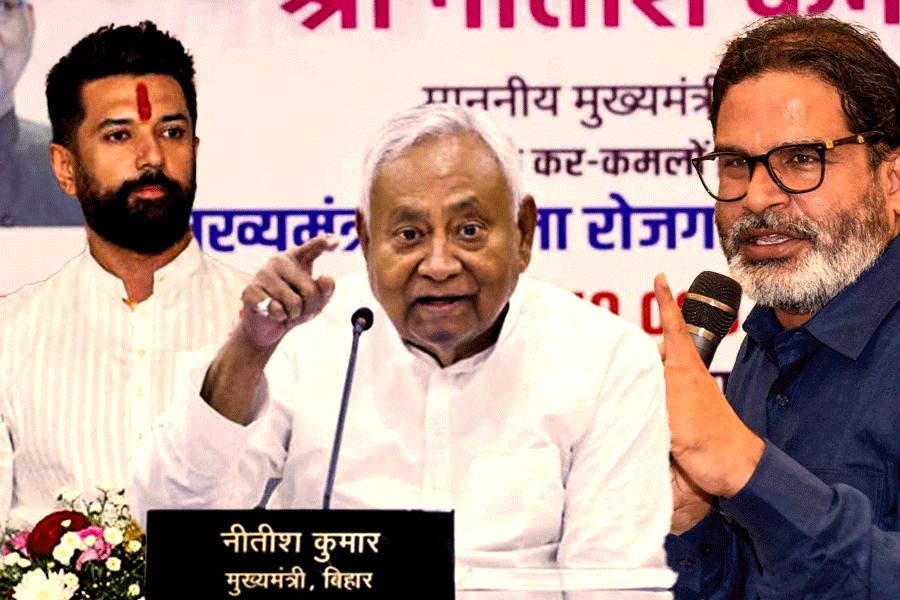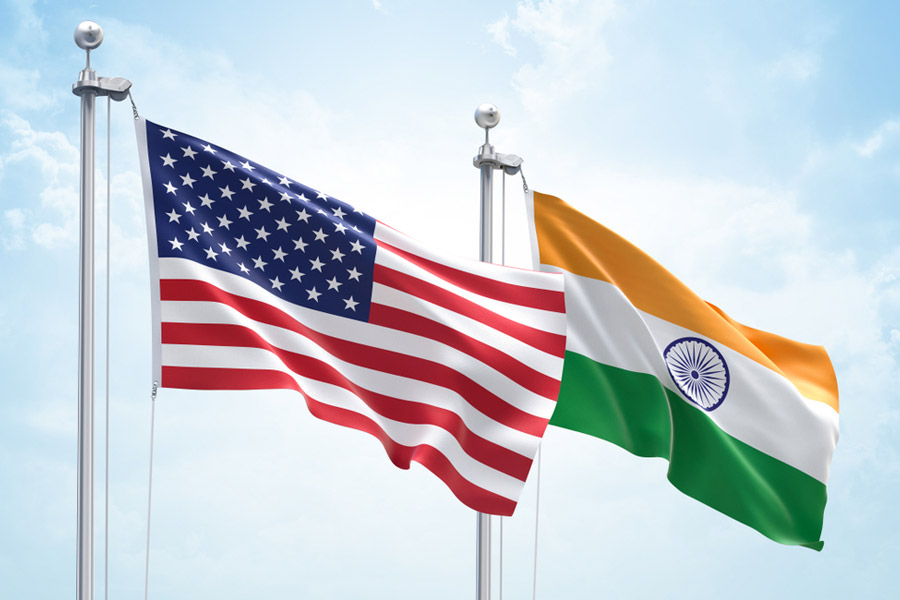The subsidy bill of the government is projected to fall 43 per cent in the next fiscal to Rs 3.36 lakh crore from Rs 5.96 lakh crore in 2020-21 as it swelled because of the distribution of free foodgrains to feed about 80 crore people, especially those impacted by job losses and migration because of the pandemic.
According to the budget document, food subsidy rose sharply to Rs 422,618.14 crore in the RE (revised estimate) of 2020-21 from Rs 115,569.68 crore in the (BE) budget estimate. For the next fiscal, food subsidy is estimated at Rs 242,836 crore.
Under its Aatmanirbhar Bharat packages, the government distributed additional 5 kg food grains per person each month during the April-November period as the economic activities came to a screeching halt following the lockdown in late March.
The government’s decision to provide free ration during the lockdown and provisioning for the pre-payment of NSSF loans with FCI of about Rs 1.5 lakh crore were the major reason for the rise in food subsidy, the document said.
Fertiliser subsidy has been pegged at Rs 133,947.3 crore in the RE of 2020-21, up from Rs 71,309 crore in the BE of the current fiscal. For the next fiscal, the initial estimate is Rs 79,529.68 crore.
The subsidy for petroleum products (LPG and kerosene) is Rs 39,054.79 crore in the RE against Rs 40,915.21 crore in the BE for the current fiscal. However, only Rs 14,073.35 crore has been provided for petroleum subsidy in 2021-22.
The Centre provided an additional quota of foodgrains free of cost during the April-November period this fiscal to over 80 crore beneficiaries. Free rations were also given to migrant labourers.
In the February 2020 Budget, presented in the pre-Covid scare, the government had estimated the subsidy bill at Rs 227,794 crore.
Finance Minister Nirmala Sitharaman presented revised numbers of major subsidies. As per the revised estimates (RE) for the current financial year, the subsidies are pegged at Rs 595,620.23 crore.
The documents revealed that the subsidies on food, fertilisers and petroleum (LPG and kerosene) are estimated to fall by 43 per cent to Rs 3.36 lakh crore in the financial year beginning April 1, 2021. This is lower than the revised estimates for the current fiscal but higher than the original estimates.
Fertiliser subsidy has been pegged at Rs 133,947.3 crore in the RE of 2020-21, up from Rs 71,309 crore in the BE of the current fiscal. For the next fiscal, the initial estimate is Rs 79,529.68 crore. The subsidy for petroleum products (LPG and kerosene) is Rs 39,054.79 crore in the RE as against Rs 40,915.21 crore in the BE for the current fiscal. However, only Rs 14,073.35 crore has been provided for petroleum subsidy in the 2021-22 financial year.
Food subsidy is provided to meet the difference between economic cost of food grains procured by the government and their sales realisation at the PDS rate called central issue price (CIP) under the National Food Security Act (NFSA) and other welfare schemes.
Similarly, the Centre provides fertiliser subsidy to manufacturers. The government fixes the MRP of urea being sold in the market. The difference between the selling price and production cost is provided as subsidy. The nutrient-based subsidy is also being provided on the non-urea fertilisers.










